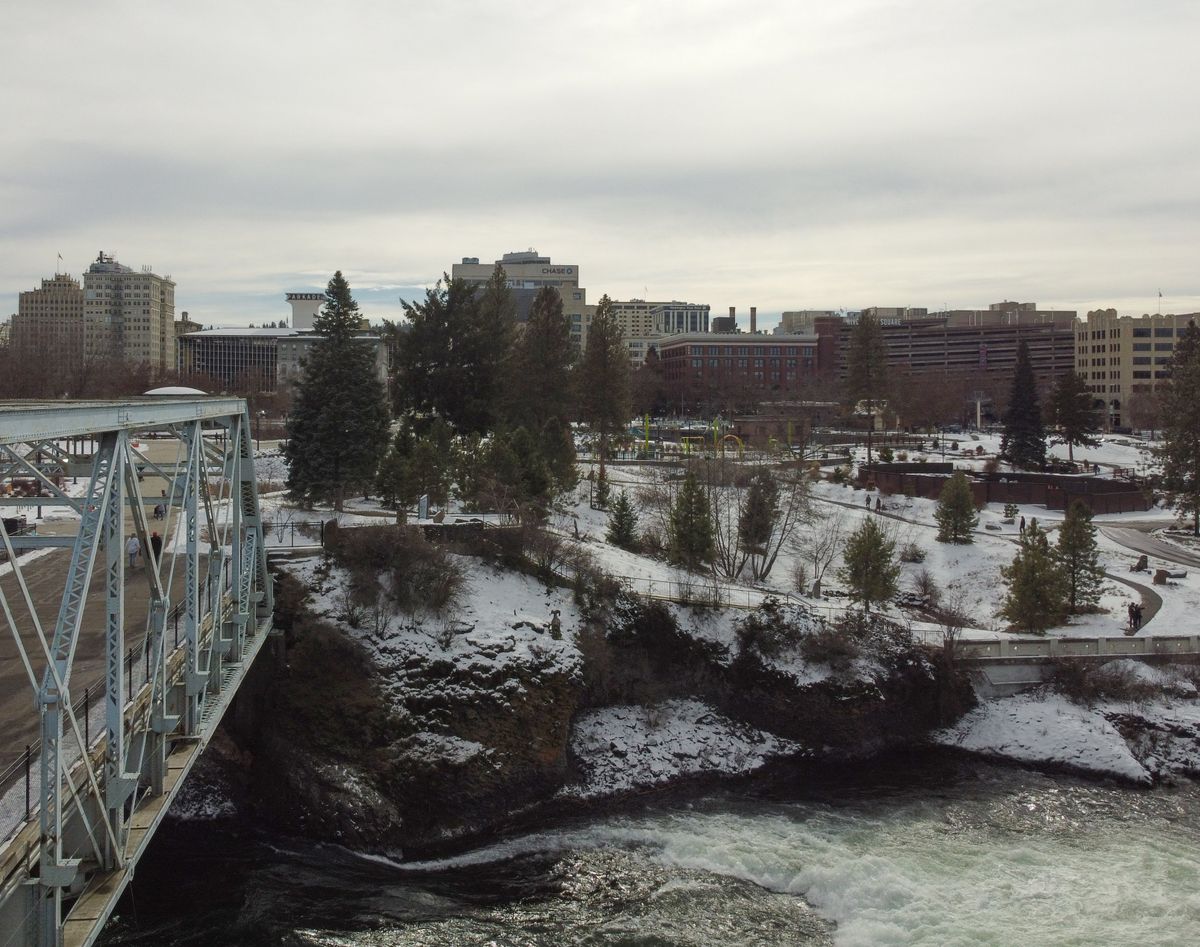Then and now: YMCA in Riverfront Park

The YMCA has served Spokane for more than 140 years, and its headquarters was in Riverfront Park from the 1960s to the early 2000s.
The Young Men’s Christian Association, founded in London in 1844, was started to offer healthy activities, both physical and spiritual, to young men who lived alone in a city. A group of Spokane pioneers and businessmen founded Spokane’s YMCA chapter in 1884. Their stated goals were “to preserve and strengthen the moral and religious life of young men.”
Just like in London, expanding industries drew young men to work in Spokane, but saloons and brothels competed for their spare time and money. The Y offered clean beds and sports facilities.
Early YMCA recruiting brochures read: “The basis of membership is neither religious, social, political or financial – it is simply character, such as would be required by any business house.”
After 20 years of renting space, Spokane’s YMCA built a five-story building at First Avenue and Lincoln Street in 1906. There was a gymnasium, a swimming pool, locker rooms, meeting and reading rooms, a restaurant, a spa and apartments for rent.
The Spokane YMCA added summer camp in 1915. Camp Reed is named for the donor of the land on Fan Lake.
During World War II, the Y building hosted hundreds of soldiers and sailors who came through Spokane on weekend furloughs.
Washington Water Power Co. and car dealer Ray Barton donated a parcel of land on Havermale Island in the mid-1950s, though the new YMCA didn’t open there until 1964.
Child care and family activities became an important part of the YMCA in the 1970s.
The development of Riverfront Park around the YMCA complicated parking and access to the 1964 building which prompted YMCA management to seek a new location.
The 1964 facility was replaced with the new Central Spokane YMCA that is co-located with the YWCA in a single building that opened in 2009 at 930 N. Monroe St. The city parks department agreed to buy the building in 2006 and it eventually was mostly paid for using money from Spokane County Conservation Futures to prevent private development in the park. It was demolished in 2011.